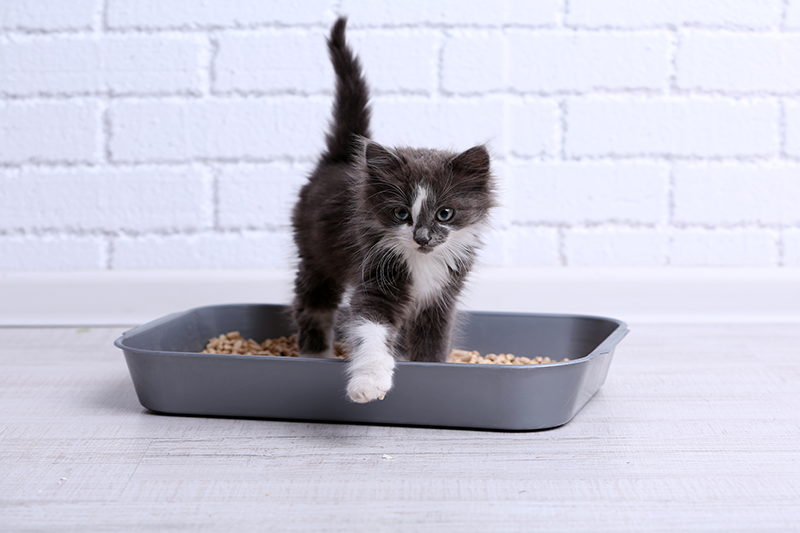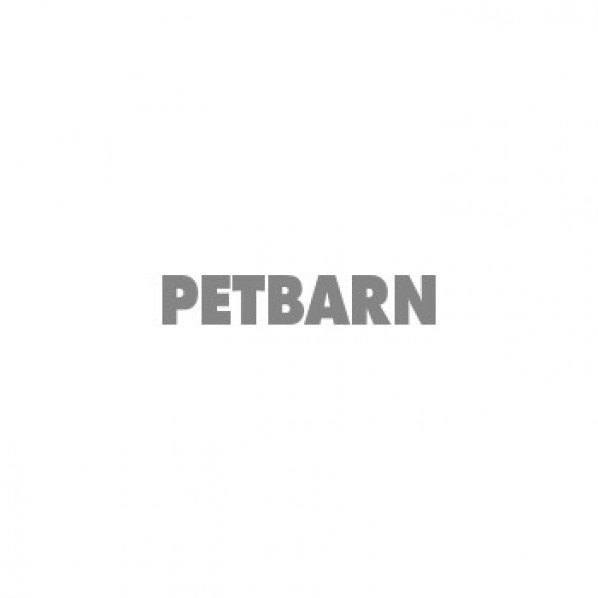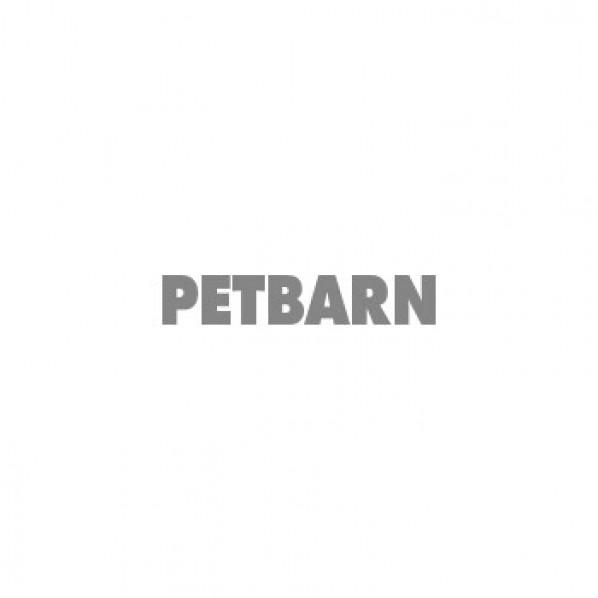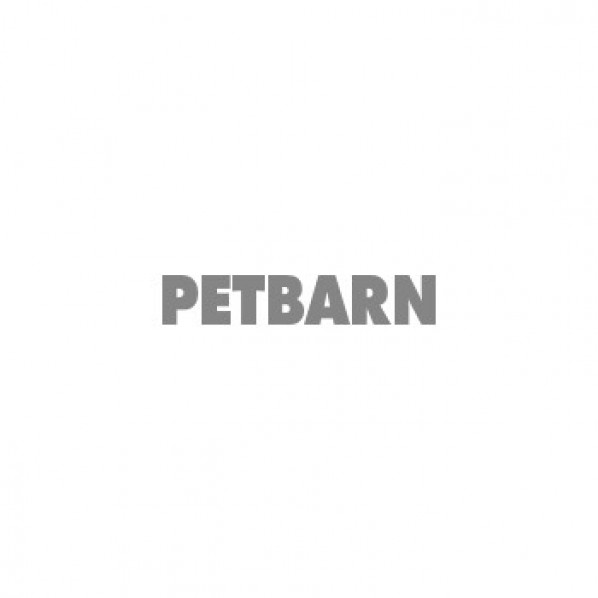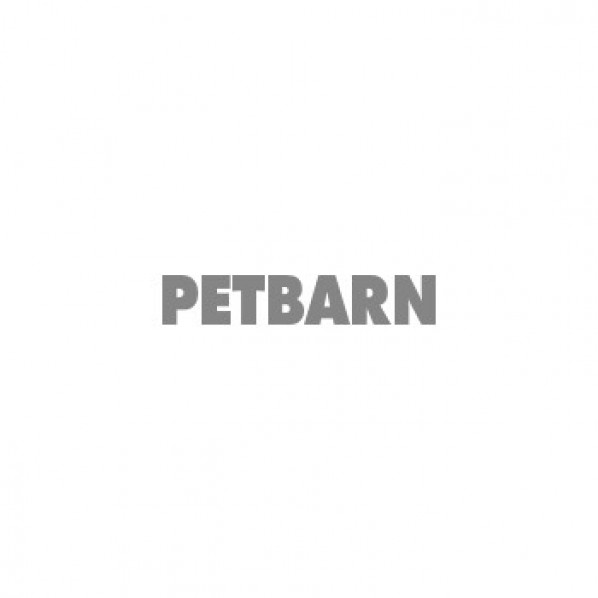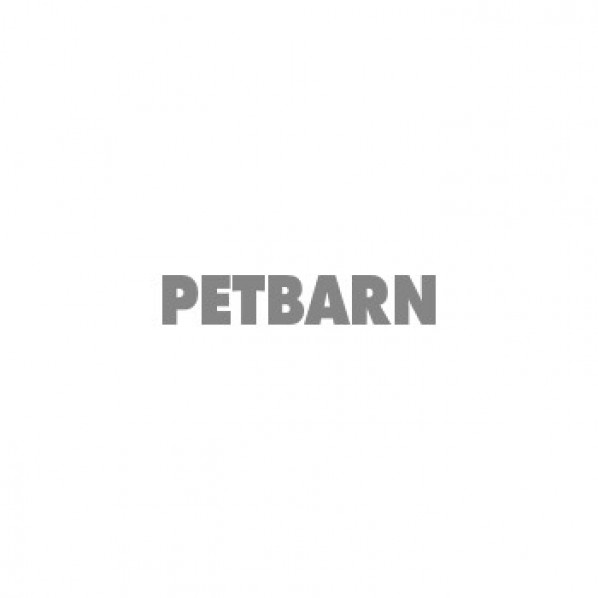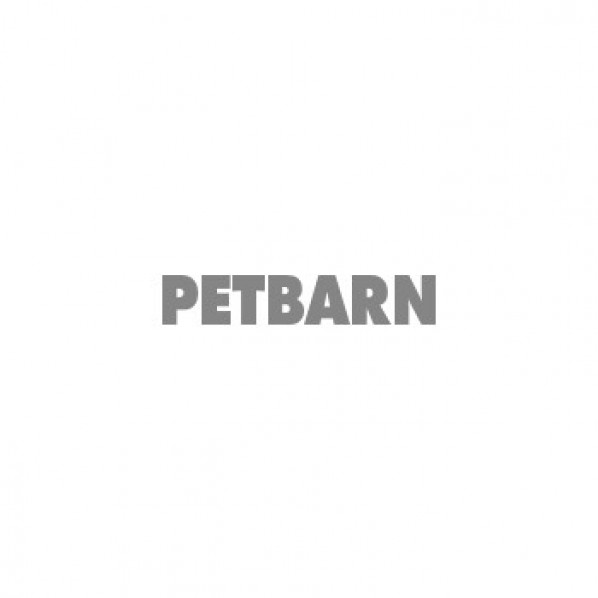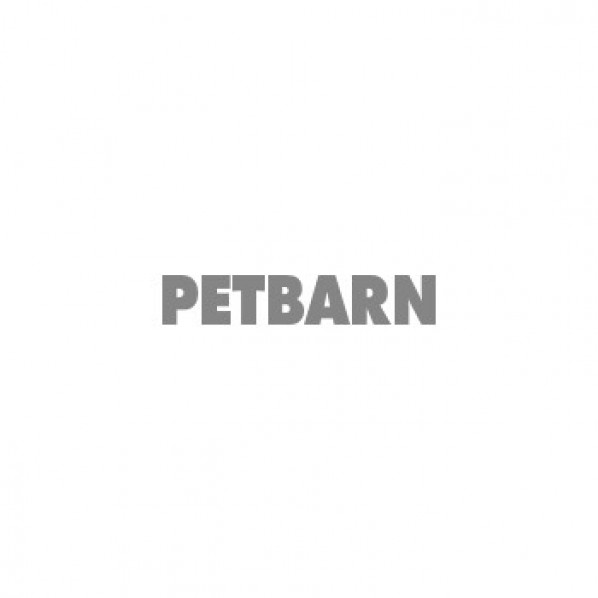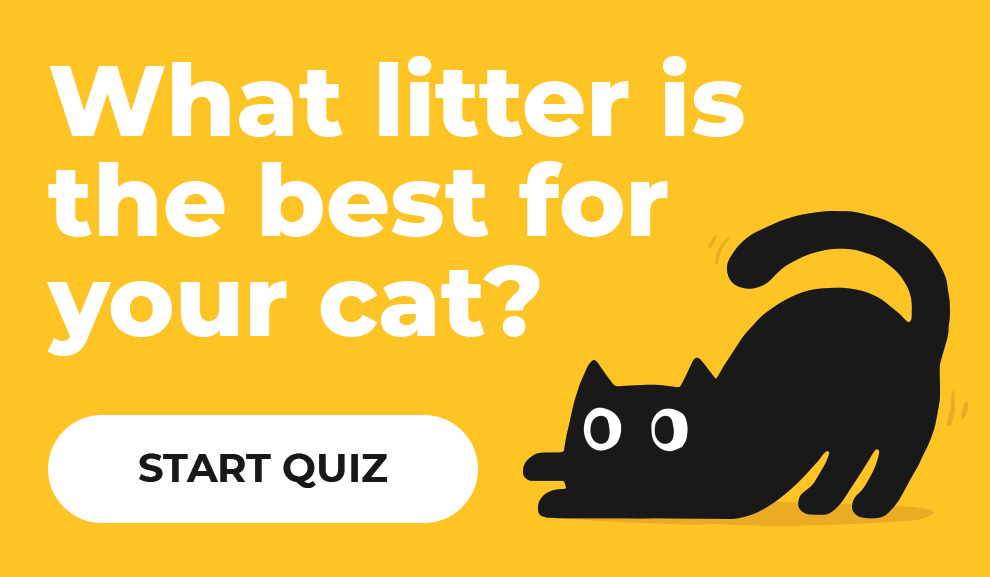There are a few key factors to consider when it comes to deciding what cat litter is best for your kitten. Here’s some advice to help you choose the best fit.
You may not have realised but when it comes to cat litter, there are a variety of options and one that will be the perfect match for both you and your pet. Follow our steps to find the right cat litter for you and your kitten, or simply take our Litter Finder quiz to match with the best litter for you and your kitten.
Step 1: Take into account your kitten’s litter preferences
When you first become a parent to your new kitten, you should ask the shelter or breeder what type of litter they have been using as this is a great first option. If they have been using the litter with no issues, then try using the same type when they come home. If you need to chance the litter, you always have the option of transitioning to another choice later on.
Kittens are clean animals so if your they don’t immediately know how to use the litter tray, it won’t take long for them to learn. However, if they seem to be struggling with taking to it, then it may be time to change litter types. Your kitten’s preference for litter types may have to do with them having sensitive paws (clay vs. paper-based litters) or one type of litter may simply be what they like better.
Finding the right litter is important, as you don’t want your cat to end up rejecting the litter box altogether. So how do you select the right type?
Step 2: Choose clumping or non-clumping litter
There are several different types of litter but overall they can be split into clumping litter, such as clay and natural grain, and non-clumping litter, such as paper, pine and crystal.
Clumping litter will absorb moisture quickly and to clean your kitten’s box, you simply have to scoop and remove the urine clumps and faeces. The other litter in the box will remain clean and dry. When required, you will still have to do a thorough clean of the whole tray, but not as often as you would with non-clumping litter.
If your kitten is still very young, we do not recommend clumping litter as their curiosity may get the better of them and they may try to eat it which can cause gastrointestinal issues. However, clumping litter can be a great option for your kitten when they are older and understand the difference between litter and food.
Non-clumping litter typically absorbs the moisture slowly and has added ingredients to eliminate smell. While you can scoop out the faeces, the urine will be soaked up into the litter meaning that to clean it out of the box, you must change it all. Usually, you will have to entirely change the litter box approximately once a week.
Based on the simple overall styles of clumping and non-clumping litter, you may have a personal preference for which you think is the best cat litter for your kitten to use. This is a good starting point before moving ahead with more specific versions of the above.
Step 3: Choose a type of cat litter
Choose the best cat litter for your kitten based on a number of factors including smell, what it’s made of, whether it is biodegradable or suitable for compost. Petbarn has a wide range of litter styles. Some types of litter include:
Clay litter is available in both clumping and non-clumping varieties. Clumping clay cat litter is highly absorbent, quickest to absorb moisture, most economical and can be buried in the garden. Non-clumping clay litter can help stop tracking while being absorbent and economical.
Natural litter can be made of corn, wheat or pine. Grain-based litters are fully biodegradable with long-lasting odour control. Pine litters are made from 100 percent sustainable wood sources and made of wood shavings compressed into pellets. This type of cat litter is super-absorbent and biodegradable with great odour control. Some natural litter options are flushable, making them a great option for people living in apartments.
Crystal litter is made from 100 percent silica crystals and is non-clumping. It is long-lasting, lightweight, non-toxic and very absorbent. Find out more about the benefits of crystal litter here.
Paper litter is made of recycled waste paper that has been made into pellets or granules. It is chemical-free, ultra-absorbent and suitable for composting.
Step 4: Changing your cat’s litter
If you decide your litter choice isn’t working, make sure you slowly transition to a new type. A great option is to leave a litter box with the original litter around until you know your kitten is comfortable with using the new litter type.
Come speak to a friendly Petbarn team member if would like to find out more about the best cat litter for kittens or use our simple Litter Finder tool.

